The Road To Kickstarter: Essential Steps On Your First Campaign
December 15, 2015 by crew
When Massive Awesome started development on Shattered Earth nearly a year ago, there was very little information available to us about how to get our game to market.
There are myriad articles out there giving you advice on how to prepare for your campaign, how to publicise your product, and how to choose between metal, plastic or resin for your figures, but there were no resources available that put all these things together in one place.
Over the past several months we have had a crash-course in everything from VAT registration to 3D printer tolerances, and we wanted to share our insights with you as we approach the launch of Shattered Earth on Kickstarter early next year.
What Is Shattered Earth?
Massive Awesome are Simon Barlow and John Taylor, friends for over two decades and current business partners. After daydreaming about working together for a long time, we decided to take the plunge and invest our time and savings into creating our own game.
That game is Shattered Earth; a miniatures skirmish game set in a unique post-apocalyptic world filled with wondrous technology and existential horror. We’re trying to find a unique take on the post-apocalyptic format by investing a lot of time into creating a living, breathing universe, filled with interesting characters and deep backstory.
We hope this will not only drive interesting scenario-based gameplay, but will also mature and widen over time to support multiple expansions, games and stories.
The game takes place on Earth around 70 years from now, after a decades-long series of catastrophic natural disasters has torn the continents apart and revealed a strange new energy source called Ether. Breaches between our world and the immateria – the world of dreams – have unleashed not just Ether, but the terrifying hordes of the Deathless, esoteric beings that seem to mirror humanity’s own myths and legends.
Using the strange powers of Ether, mankind has created technological wonders and explored the arcane mysteries of the past. Powerful Shapers wield Ether like magic, enacting miracles and creating a new school of science.
The four human factions – the United Nations of Mankind, the Cult of the Dragon, the Children of the One True God, and the Humanist Rebellion – each have their own competing ideologies, political aims and relationships with both traditional technology and Ether.
A lot more info on the game, its factions and background fiction can be found on our Facebook Page.
What's The Plan?
At this point you might be asking ‘Why would I listen to two guys with no successful campaigns under their belts?’ It’s a very good question, and the simple answer is ‘because we’re doing it right now’.
This series is not aimed at being a traditional ‘How to’ guide, but rather a way to document all the steps we’ve taken in order to turn an idea for a tabletop game into a reality. Whether this series is ultimately viewed as a list of useful advise or as a bunch of things to avoid will depend on the success – or otherwise! – of our own campaign.
Either way, we'd like to do our part in beginning a much wider conversation with the community about the realities of game development. In the meantime, if you have anything particular you would like to find out about, or if you have advice to share yourselves, please post in the comment thread below – we’d love to hear from you!
By Simon Barlow & John Taylor
If you would like to write articles for Beasts Of War then please get in contact with us at [email protected] for more information!
"There are myriad articles out there giving you advice on how to prepare for your campaign [...] but there were no resources available that put all these things together in one place..."
Supported by (Turn Off)
Supported by (Turn Off)
"This series is not aimed at being a traditional ‘How to’ guide, but rather a way to document all the steps we’ve taken in order to turn an idea for a tabletop game into a reality..."
Supported by (Turn Off)





























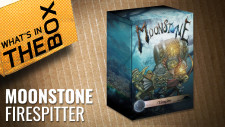



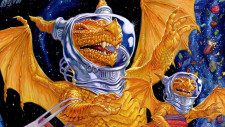

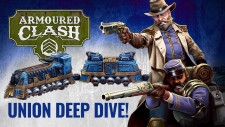
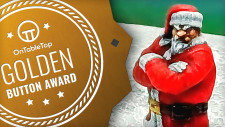




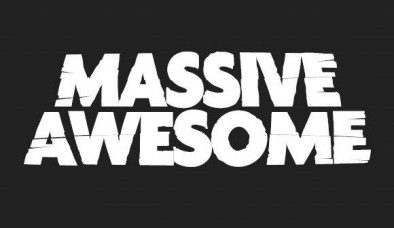
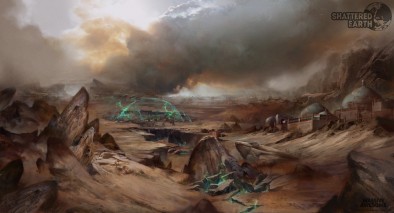

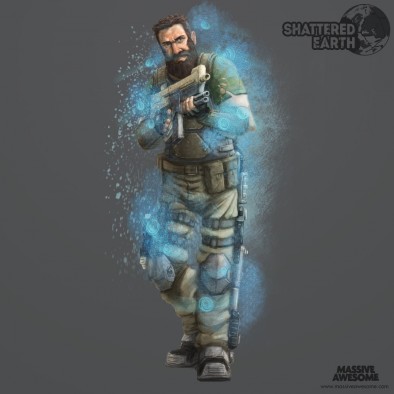
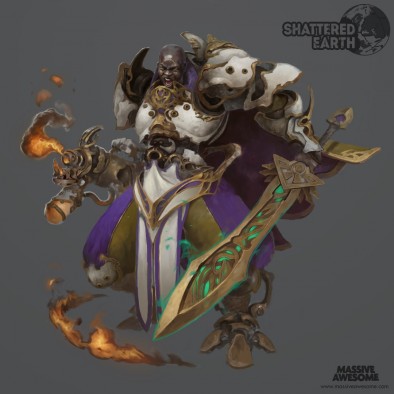
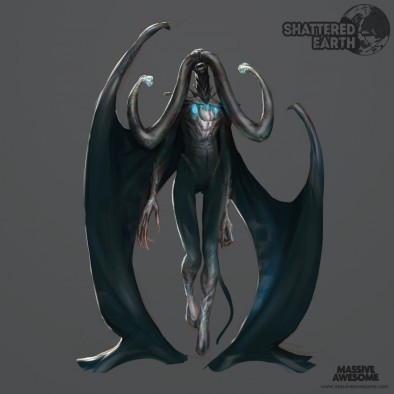




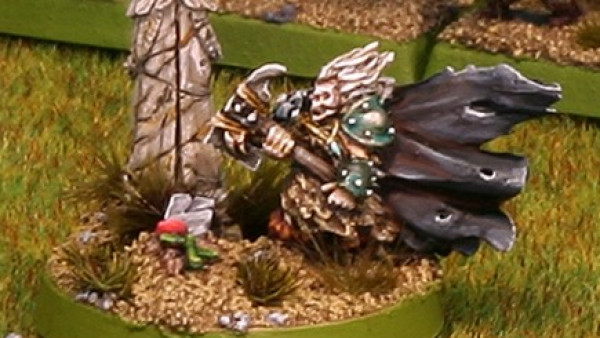
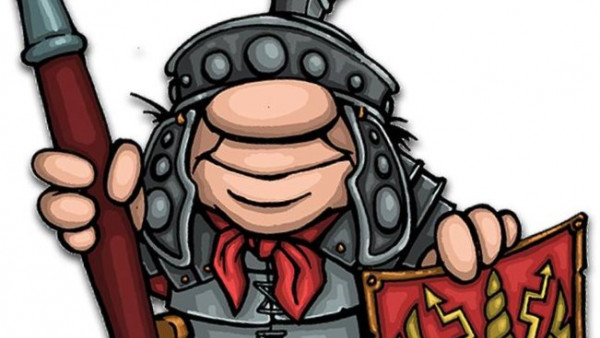
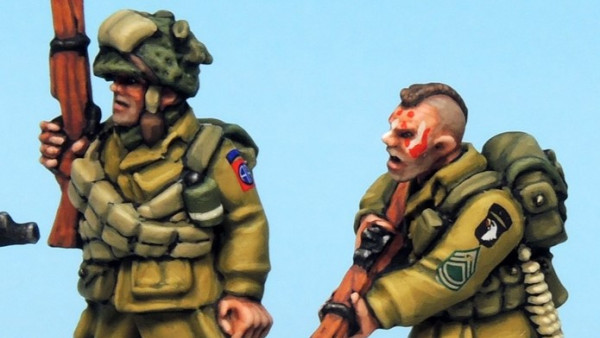
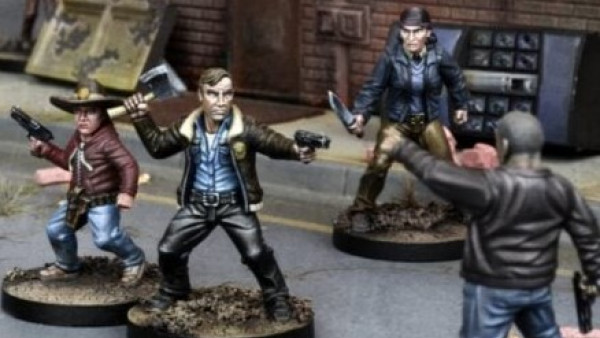


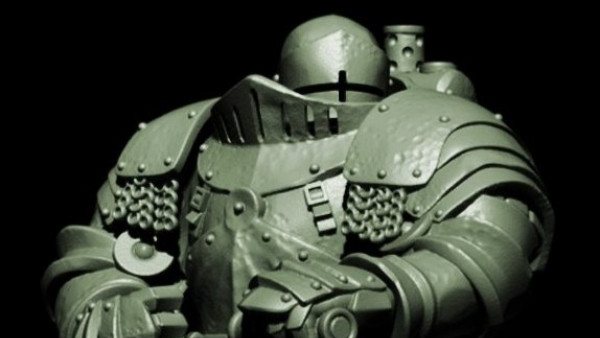
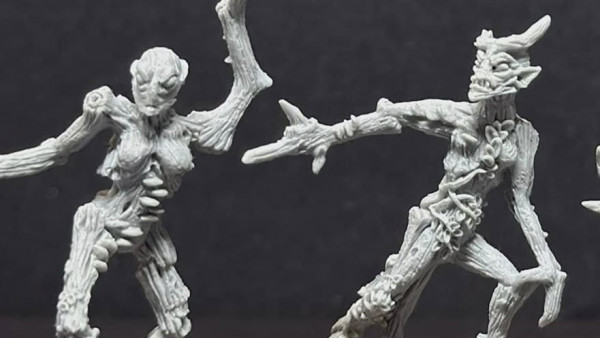
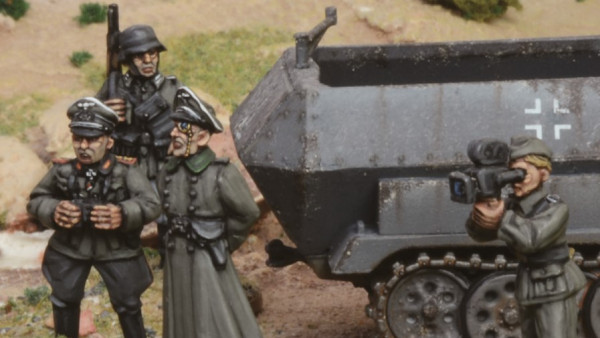
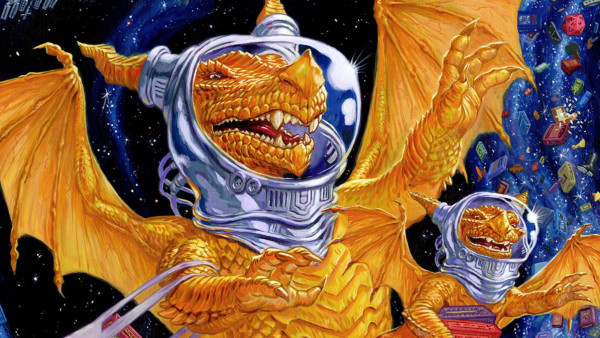
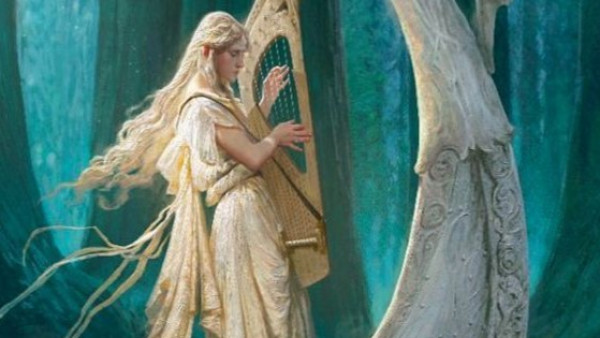
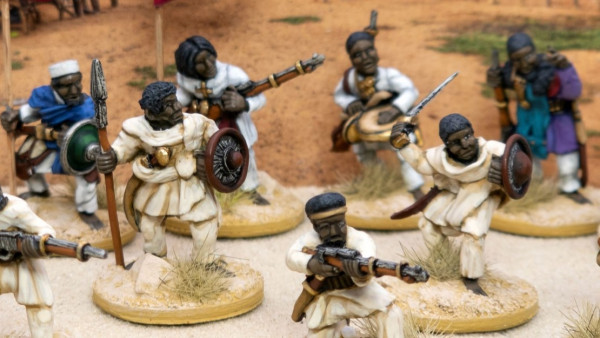
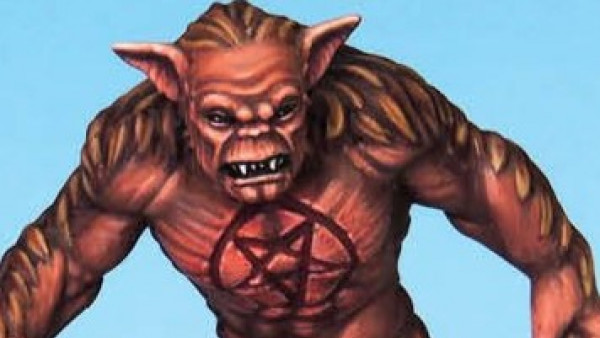
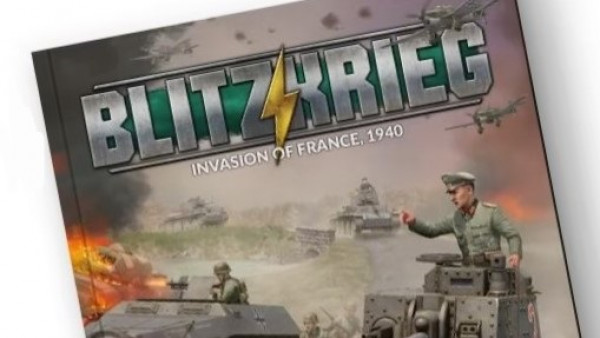
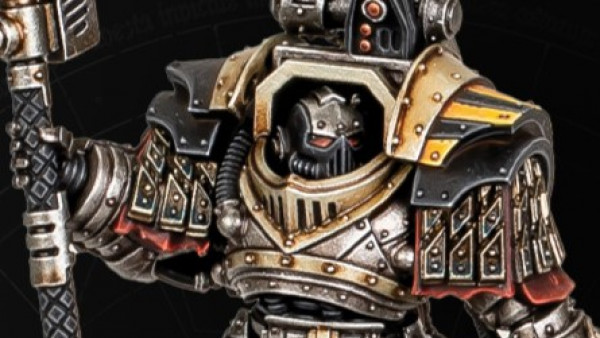
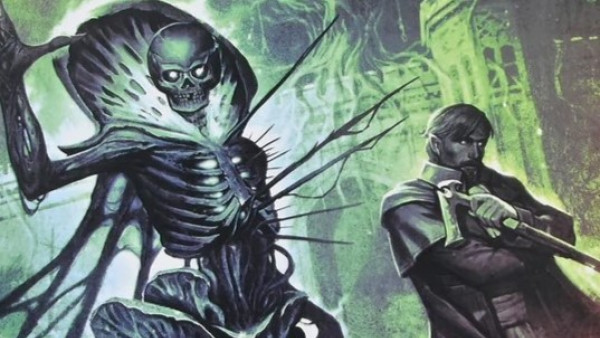
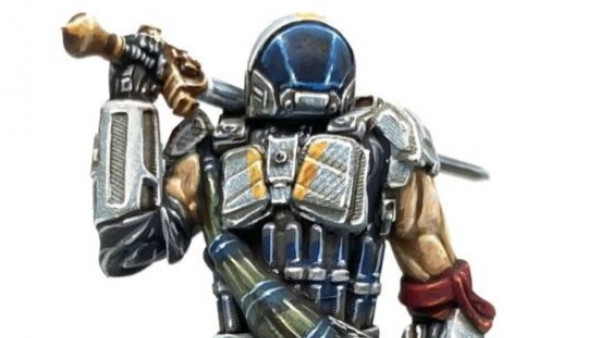

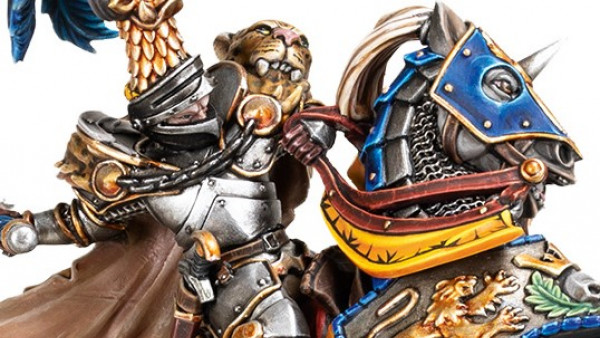

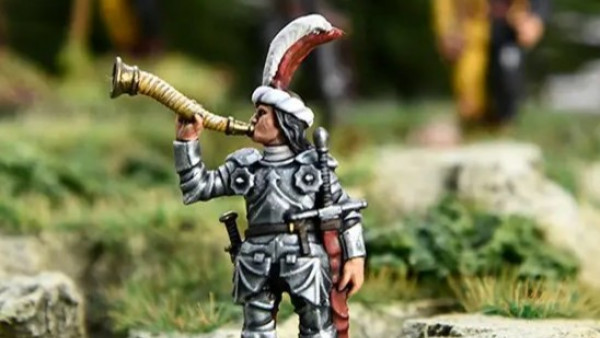

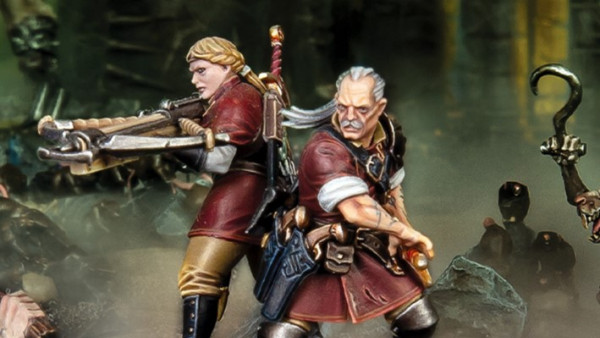
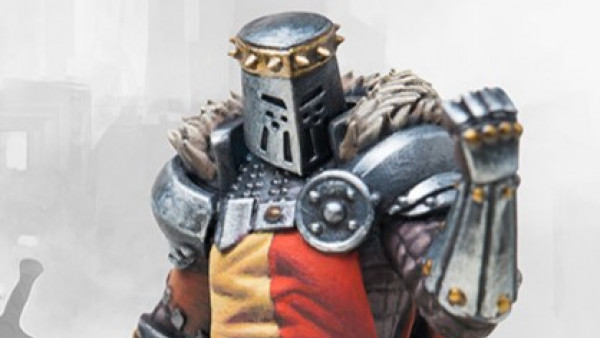
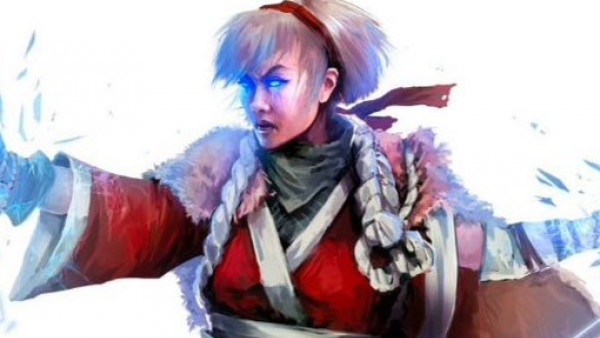

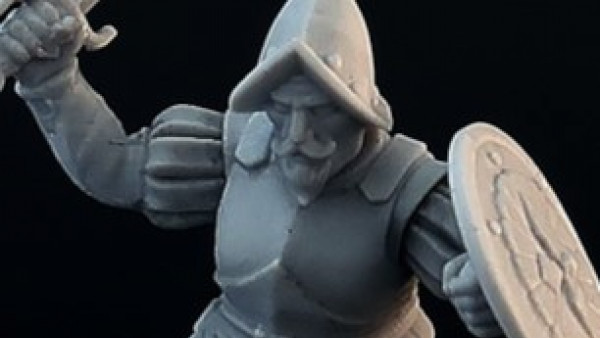

What a great idea, an inside look a “live” kick-starter! I wish you the very best of luck with your project and look forward to reading more in the future
Really looking forward to playing this game i have been following the blog over on the massive awesome website and i am very intrigued by the rules system looking very good so far. Favorite faction is the Cult of the Dragon but may change come release day
Thanks for the kind words! We figured a live ‘behind the scenes’ would be a good way to share some insights with the rest of the community, and hopefully instigate some wider discussion around the hobby industry.
Man, I’m glad to see this here. I saw some information on the Kodiak here recently, went to the Massive Awesome site and the lack of information was driving me nuts since so much of the groundwork for the game looked interesting to me. It’ll be interesting to see how well it’s fleshed out in the run up to the campaign and the campaign itself.
Really hoping for good things from this, and best wishes to Mr Barlow and Mr Taylor.
Looking forward to this Simon and John, keep up the good work.
Being a very small team means that, unfortunately, sometimes things don’t get the attention they deserve, and our website is probably one of them. We are looking to address this very soon and, in the meantime, I would urge everyone to check out our Facebook page (http://www.facebook.com/massiveawesome) for the most up-to-date information.
We Kickstarter backers can be a rather demanding lot. This behind-the-scenes look will hopefully help some of the reasonable ones understand how hard it is to make an actual product out of an idea and backer cash.
Speaking as one of the many (I am sure!) gamers who also write their own games and would LOVE to kickstarter them, I’d like to offer a huge thankyou to BoW and Massive Awesome for these articles.
Stuff like this is why I subscribe guys!
That’s what we’re hoping – even if we don’t succeed, whatever advice we can offer will still be valuable to others in a similar position. One thing I will say right of the bat is that there are absolutely no shortcuts to this: you are going to have to spend time and money, and it’s up to you how much of both you can afford.
I’m going to be following these articles with a lot of interest. Like yourselves and probably a lot of others, I’m working on my own rule sets that I would want to one day publish. I considered starting a thread here on BoW charting my own progress covering all parts of game design and setting up a business. But I’m not sure that would be as interesting as the series of articles that you are planning! I want to see this industry grow and develop and these types of articles will be invaluable to everyone planning a similar journey. I… Read more »
Cheers redvers, the next couple of articles are already done but we are very keen to cover the points that the community are most interested in hearing about and discussing. So if you or anyone else has anything specific about the process you’d like to see, please drop us a line and we’ll do our best to write about it.
I’m sure you will cover the interesting stuff such as planning the campaign, marketing strategy and so forth. What would also be really informative (if perhaps not as interesting) would be the figures behind your planning. For example, how have you set your funding target? And your stretch goals? What costs have you had to include in those values to ensure that you can successfully build, package and ship your product.
Hey redvers, we will indeed be covering marketing and planning in the future. We will also definitely have a piece on the specific calculations behind our Kickstarter costs and the calculations behind our stretch goal targets. That is a particularly interesting subject that we are still trying to work out at the moment…